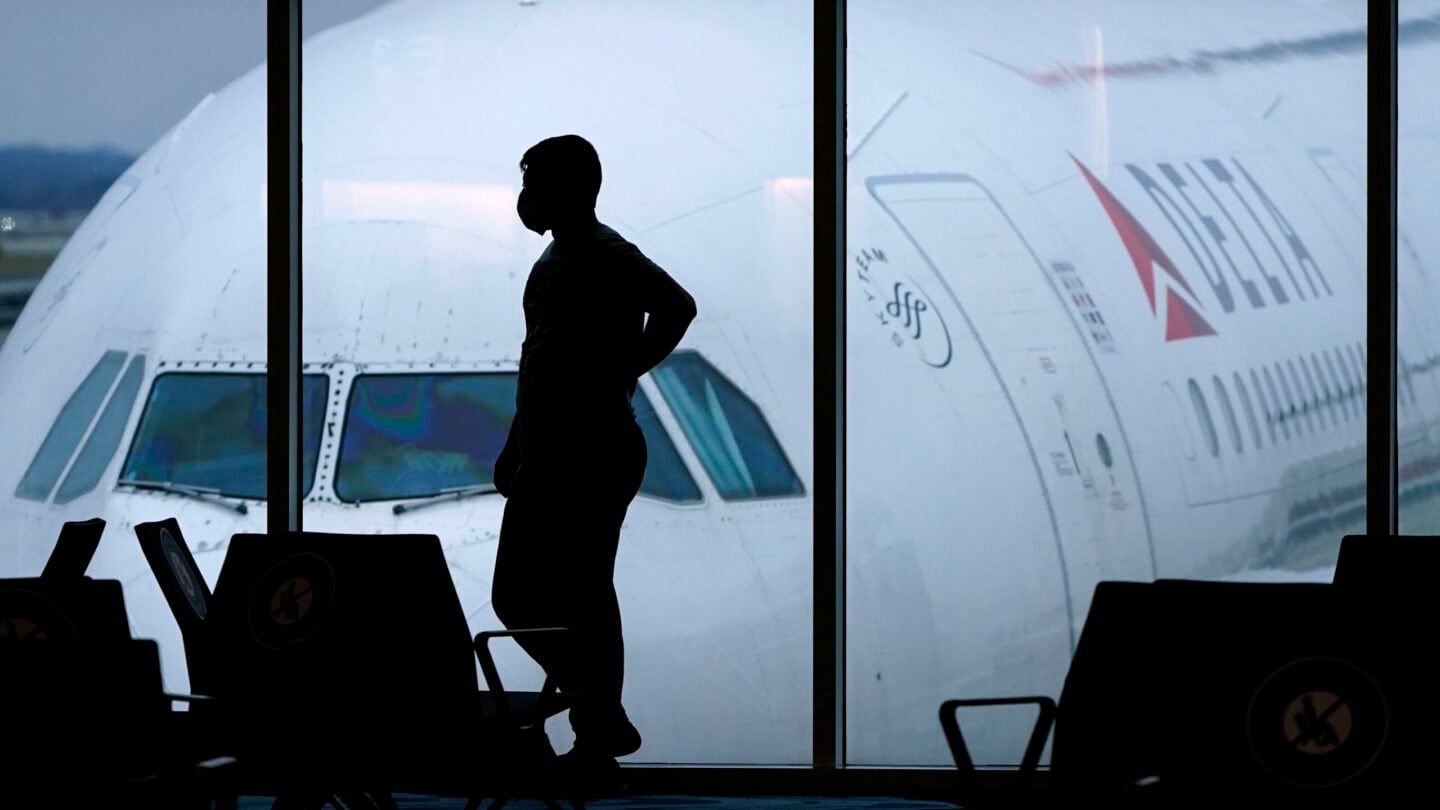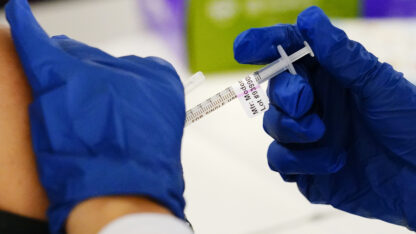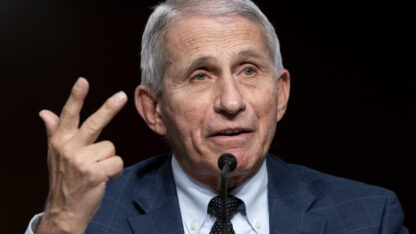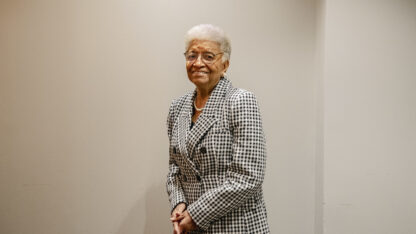Masks are now optional in many airports, subways and buses. But to understand why, you have to go back to 1944 when the Public Health Service Act was passed.
That’s the law that authorizes the Centers for Disease Control and Prevention to make and enforce measures that are “necessary to prevent the introduction, transmission or spread of communicable diseases.”
The CDC wasn’t around back then, but the Public Health Service was and so were recent memories of the 1918 flu pandemic. Professor Lawrence Gostin of Georgetown University said it was around this time that health officials realized infectious diseases were one of the most serious threats and that states alone couldn’t prevent their spread.
Preventing interstate and international transmission of these diseases is what the CDC says it was trying to do when it mandated masks on public transportation to prevent the spread of COVID.
The unprecedented impact COVID had on the U.S. is a reminder of how severe of a threat diseases are to American security, Gostin said.
“We need a strong, centralized public health agency to help protect us, but unfortunately, you know, much of that has unraveled with the public losing trust in the CDC,” Gostin said. “As a result, the United States has been one of the worst performers in the world in terms of our COVID and death rates.”
Gostin said he did not agree with the ruling from U.S. District Judge Kathryn Kimball Mizelle that struck down the federal mask mandate for airplanes and other modes of public transportation last week.
In a 59-page ruling, Judge Mizell found the CDC had exceeded its authority and failed to follow proper rulemaking procedures.
Gostin believes the ruling had flawed reasoning.
“Judge Mizelle focused on the word ‘sanitation’ and that became the catchword, and she looked at the dictionary definition of sanitation and that didn’t include masks … But I think it was a very flawed reasoning,” Gostin said.
“Even the word sanitation itself is flawed because we’re thinking of sanitation in the context of what we are now, what we see now, like just going around with the disinfectant. But in 1944 [and] throughout America’s history, … the term sanitation had a particular meaning and it was a meaning of hygiene, public health. It had a very broad understanding.”
Gostin spoke with NPR’s “All Things Considered” about the tension over how much authority the federal government should have, the interpretation of the law by Judge Kimball Mizelle, and how this policy could be modernized.
This interview has been edited for length and clarity.
Interview Highlights
Did you see the same kind of tension we’re seeing today over what the authority of the federal government should be when the legislation was introduced in the 1940s?
No. I think that there was a very strong national agreement, Republicans and Democrats alike, that we needed a strong public health agency, and that while most public health powers do reside at the state and local level, what a state or a city can’t do is prevent the spread of diseases across the United States or, in fact, coming from abroad to our nation’s borders.
I think that’s why the Public Health Service Act gave the federal government very, very broad powers to prevent the introduction into the United States and the transmission of infectious disease across the United States to do anything it deems necessary to protect America… And of course, by definition, COVID-19 meets that standard.
Given that the next pandemic will inevitably look different from the last one, what does this interpretation of the law mean about the country’s ability to respond to whatever the future might bring?
Well, if this [ruling] is upheld on appeal, I think it would really handcuff the CDC when the next health crisis hits. It will always be looking over its shoulder. It’ll always be hesitant to act. And when it does act, there will be litigation against it. Whereas I think what we all want as Americans, irrespective of our ideologies or our political affiliations, is we want a public health agency to be nimble and decisive and act rapidly to protect us. We have to be careful what we wish for because when the next health crisis hits, we will be looking to the CDC and other public health agencies to protect us. And if the CDC is handcuffed, we’re not going to get the protection we need and deserve as a nation.
Do you believe the law, which was passed in 1944, needs updating?
Yes. I would like to see the CDC’s regulatory powers modernized and that we should learn the lessons from COVID-19. What it means is that we give CDC all the powers explicitly that it will need in the next health crisis. If you think about the air travel mask mandate, it’s an almost quintessential power that the CDC should have because you’ve got somebody boarding a flight in New York City and flying to Los Angeles. There’s no state that can protect us [from that].
So that’s where you would draw the line between that kind of a policy and something like the policy in Shanghai that says people can’t leave their houses at all if there’s a COVID outbreak?
Absolutely. I do not believe that CDC should have the power to reach into a state, regulate an individual, regulate a business, and so long as that state itself has the authority to do it. But what no state can do is prevent me from going from New York to New Jersey or from New Jersey to California. And that’s why we need a national public health agency, and I do think we should be modernized. You know, I want to see a federal agency that’s strong, powerful, decisive, uses science, and protects us where states can’t.
Copyright 2022 NPR. To see more, visit https://www.npr.org.
9(MDAxODM0MDY4MDEyMTY4NDA3MzI3YjkzMw004))

9(MDAxODM0MDY4MDEyMTY4NDA3MzI3YjkzMw004))








